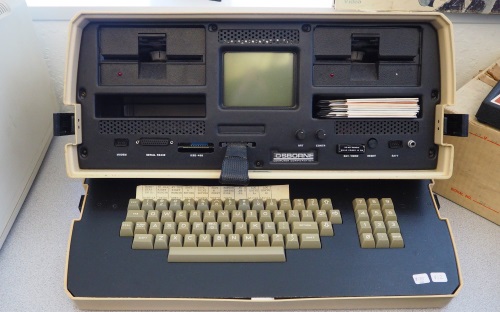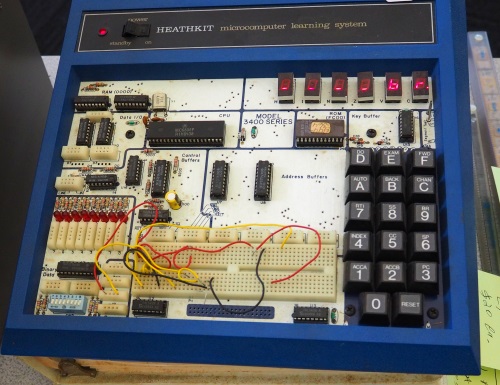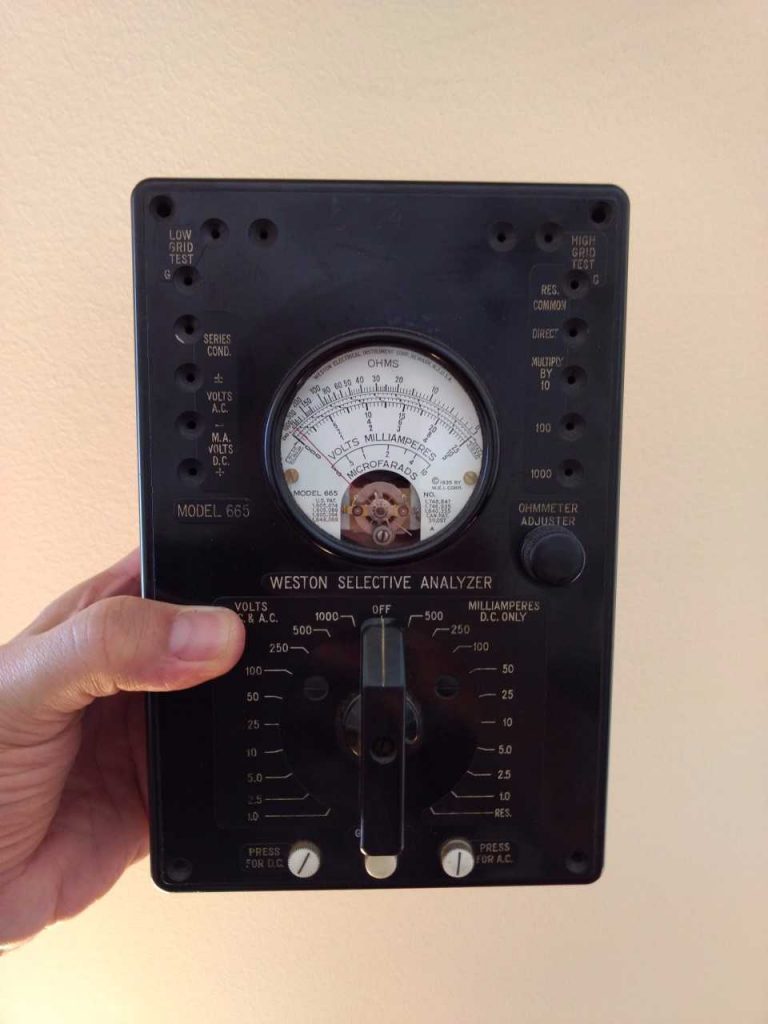My last post (on asynch resets) wasn’t exactly light summer reading. So I thought that, as the summer winds down, I’d give you a break by focusing on a couple of recent EE Times articles that are a bit more fun. (Not that asynch resets can’t be fun…)
The first piece took a stroll down the memory lane of minicomputers, workstations, and early microcomputers. These were showcased – and were the subject of a number of panels – at Vintage Computer Festival West, which was hosted by the Computer History Museum. (Remind me to visit next time I’m in Mountain View.)
Remember minicomputers? Well, yes and no. They were pretty much on the decline by the time I began my professional career as an engineer, and I was never in the business app space where they were so prevalent. But a friend in Massachusetts fondly remembers the days when mini-makers DEC, Wang, Data General, Apollo, and Prime – none of which exist anymore – were the technology kings (and major employers) of that state. But IBM’s still around and, amazingly, there are still tens of thousands of companies that still rely on their workhorse mini, the AS-400. The article I saw on the event didn’t actually talk about the AS-400, but just the mention of minicomputers put me in mind of it.
More up my alley were the microcomputers – which is what PC’s were originally known as (even thou gh all microcomputers weren’t PC’s…). I loved seeing the picture of this Osborne portable computer. Pretty clunky, huh? And to think that these were state of the art (sort of) back in the day. Anyway, you’ve gotta love the two floppy drives with the storage space for diskettes beneath them. But because the screen and keyboard were all-in-one with the CPU, these computers were, indeed, portable – even though they were so heavy you could hyper-extend your forearm muscles lugging them.
gh all microcomputers weren’t PC’s…). I loved seeing the picture of this Osborne portable computer. Pretty clunky, huh? And to think that these were state of the art (sort of) back in the day. Anyway, you’ve gotta love the two floppy drives with the storage space for diskettes beneath them. But because the screen and keyboard were all-in-one with the CPU, these computers were, indeed, portable – even though they were so heavy you could hyper-extend your forearm muscles lugging them.
Even more up my alley was the Heathkit which, as the article’s author (Kevin Krewell) pointed out, was “the original Maker micro.” Almost every engineer of a certain age had a Heathkit, or something equivalent.
Anyway, I had a lot of fun paging through this piece, and seeing all these relics. When I looked at the pictures of old-timey computers, it really struck me just how amazing it is when you consider the computing power that all of us carry around with us in our pockets these days. And think of how much we can actually accomplish on a screen that’s even smaller than that Osborne screen! As I said, amazing.
Another EE Times article on a variation of the vintage theme was Alix Paultre’s piece on “Yesteryear’s Measurement Tools.” He found “an assortment of antique electrical measurement tools at a sidewalk flea market” that accompanied the recent PCIM show in Nuremberg, Germany. Check out the Weston Selective Analyzer, which dates from the 1930’s (and which comes from Alix’s personal collection, not from the flea market).
Just as computing devices have become sleeker and more powerful, so have measurement tools become more sophisticated.
But it’s fun to think about the time when the “old timers” were leading edge. Not to mention that, a few decades from now, someone will be reading an article in EE Times on the ancient technology of the early 21st century.
